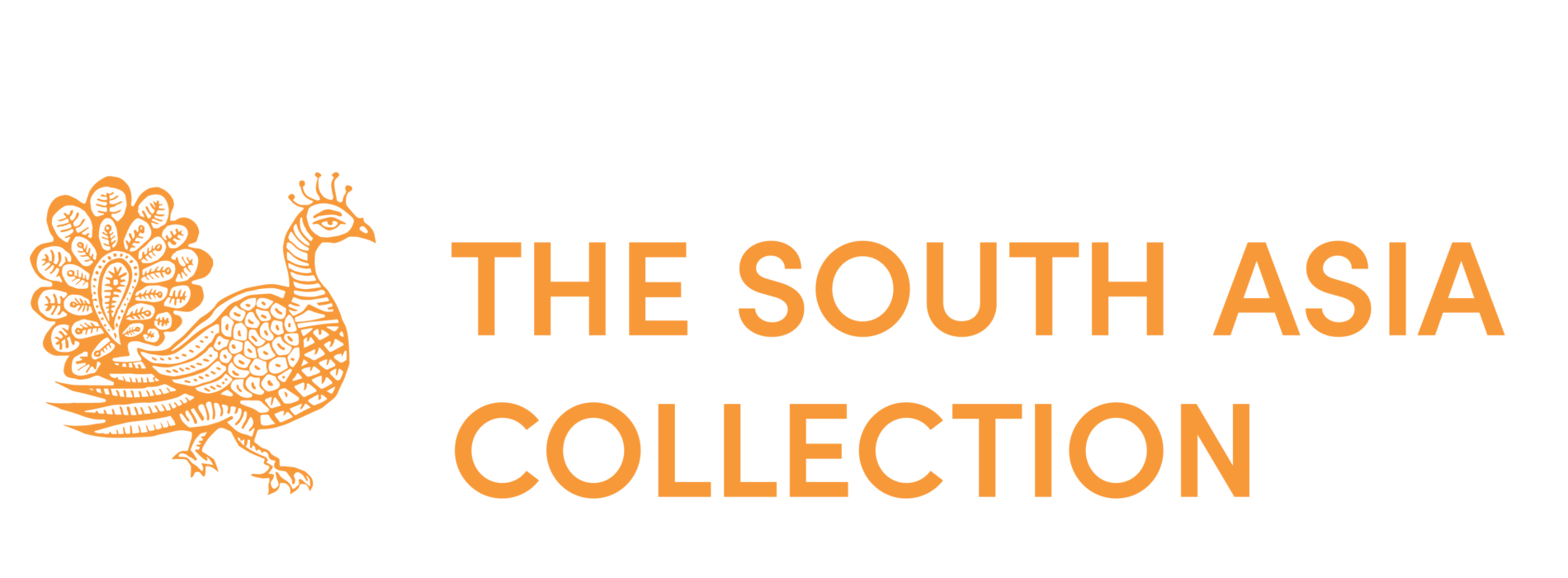


Bombay School of Art Pottery
One of the Indians to visit the Great Exhibition of 1851 at Hyde Park in London was a wealthy shipping merchant, Sir Jamsetjee Jeejeebhoy who went back to India with the dream of setting up an art school. He offered a donation of 100,000 rupees resulting in the Bombay School of Art being set up in 1857 under the then British administration. The foundations of the school were established with the appointment of John Lockwood Kipling (the father of the author Rudyard Kipling) who initiated development of local crafts and John Griffiths who led a project making facsimile copies of Ajanta murals and frescoes.
In 1872, George Wilkins Terry, who was the Superintendent of the school, started pottery workshops to encourage experiments in pottery that combined European neoclassical forms with Indian motifs. The Ajanta frescoes formed the main influence for the motifs on the pots and students at the school were encouraged to reproduce them. Other patterns and motifs included flora and fauna from the region and scenes from mythological epics like the Ramayana. The students mainly produced vases, bowls, and plates.
The pieces were produced between 1870-1890 and received commercial success during this time. Originally known as ‘Terryware’ they eventually became known as Wonderland Art Pottery or Bombay Pottery. The school is now called Sir J J School of Art and continues to be one of the most important schools for art and design education in India.
Multan Pottery
The examples of pottery displayed here were made in Multan in Punjab, Pakistan. It is a traditional craft of the region and is called Kashigari and the craftspeople are known as Kashigars. First influenced by Egyptian and later Chinese ceramics, the craft was first developed in Kashan, Iran. Over the years, the craft in Multan has developed its own identity.
This style of pottery, defined by blue and turquoise patterns on a white glaze, was first used to make tiles for architectural decoration in the region. The pottery produced in this style is an example of collaboration between two groups of craftspeople: the kashigars (tile makers) and the kumbhars (potters). The kumbhars produced the forms on which the kashigars painted the designs with the glaze to produce this distinctive style of pottery.
During the colonial administration there was an interest in the documentation of this craft, which was carried out by John Lockwood Kipling in his role as Principal at the Mayo School of Art in Lahore. Examples of both tile work and pottery produced in Multan were a common feature of international exhibitions in the 19th century.
